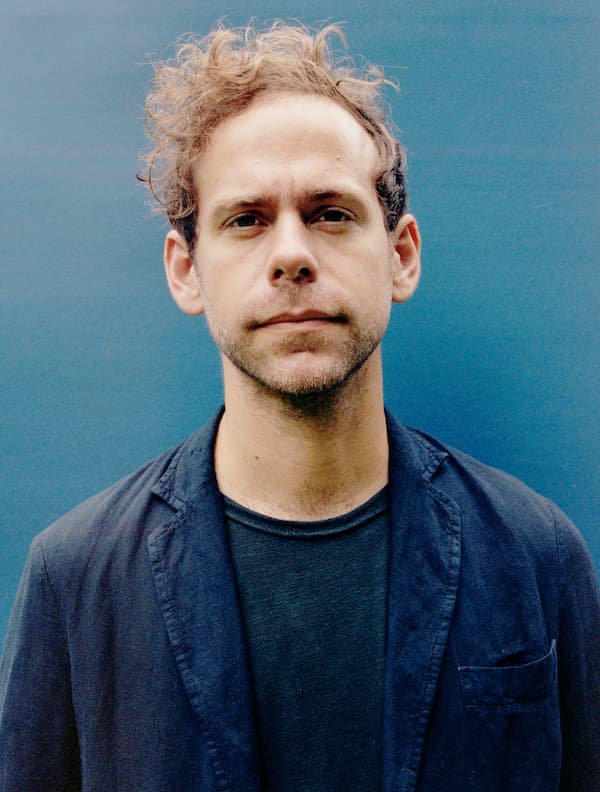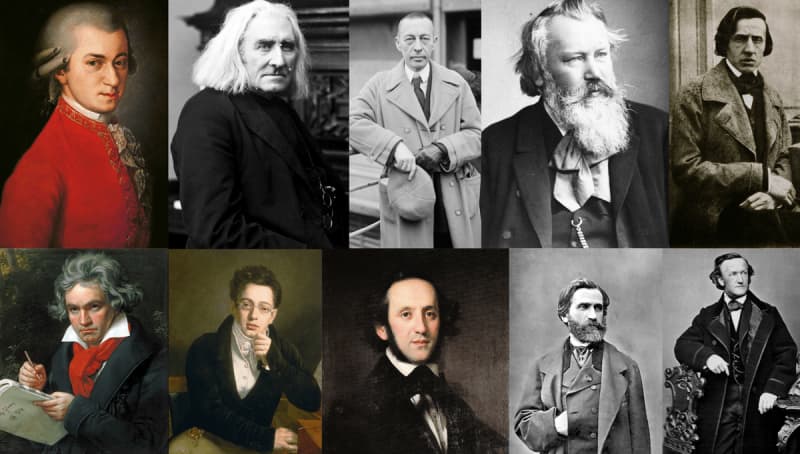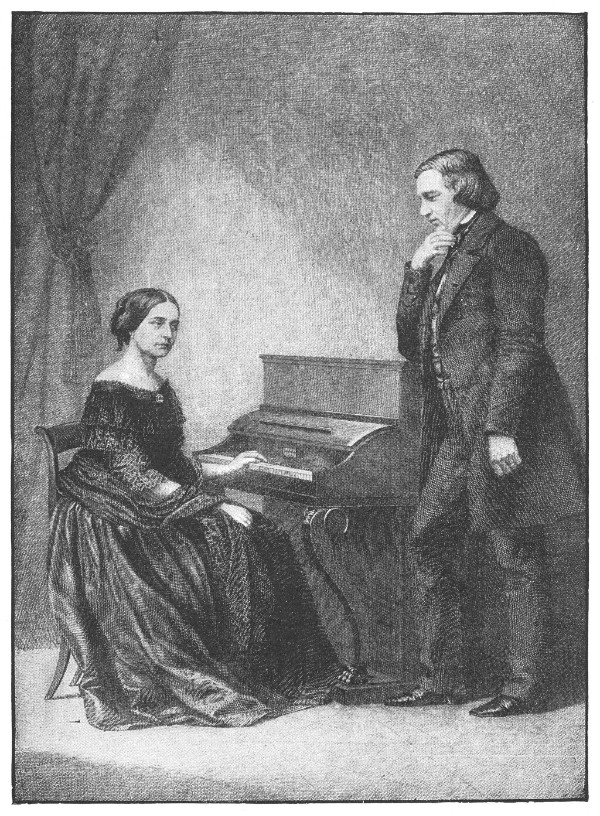Western classical music evolved through time with predefined structures; from the prelude and fugue of Baroque, to the concerto, sonata and symphony of the Classical, including the opera and the mass, as well as etudes, partitas, theme & variations and many other forms. As the substance and content changed, the structural background remained the same. Even when the avant-gardists took over, they would maintain the tradition of these musical structures. For a very long time, they represented the blueprint of all musical works. In fact, it is thanks to these musical devices that many composers have been able to be so prolific — it was at times akin to painting by numbers.

Bryce Dessner © Charlotte de Mezamat
Nowadays — and starting perhaps from the early 21st century — however, it does not seem as relevant, or as in use as it used to be. There are indeed still many musical works which use concerto or sonata structures, for instance, but there is a fact that composers grew tired of overused structures, and have decided to liberate their works. These structures have either disappeared or are now well-hidden.
Take the music of Dessner for instance. He is one of the most prolific composers of the 21st century, balancing between multiple musical worlds, and developing his music, using traditional structures disguised — and improved — with freer musical devices. His Concerto for Two Pianos and 40 Canons are great examples of his compositional approach.
Bryce Dessner: Concerto for two pianos
Another American composer, Nico Muhly is one more great example of a contemporary composer who is not afraid to break a traditional heritage with forward-thinking concepts, yet maintaining the blueprints of the past. His viola and cello concertos, as well as Mixed Messages are interesting works to look at to understand his musical approach.
Nico Muhly: Viola Concerto
A last interesting set of figures to look at are perhaps the Icelandic branch of contemporary composers, including the late Jóhannsson, Arnalds and Guðnadóttir. All three, if traditionally trained, have created music which is deeply anchored in contemporary aesthetics, embracing the musical traditions of the past, with the record industry and formats, electronic and urban aesthetics as well as unorthodox approaches to their instruments. This altogether has resulted in a music that is both in the traditional ethos and floating in modernistic freedom.

Nico Muhly © squarespace-cdn.com
Contemporary composers still study the structures of the past from which there is a plethora to learn from. A lot of the music developed in the current times still falls under the same guiding structures, but it is interesting to see how these have now evolved into being less obvious and less strict in their development. It is also worth noting the impact of the recording industry, which altogether has created a unique way to experience music, which composers have often grown up close to, alongside a more traditional scholastic environment. Thanks to the influence of improvised music, they have also become more flexible in borrowing from each other.
For more of the best in classical music, sign up for our E-Newsletter



